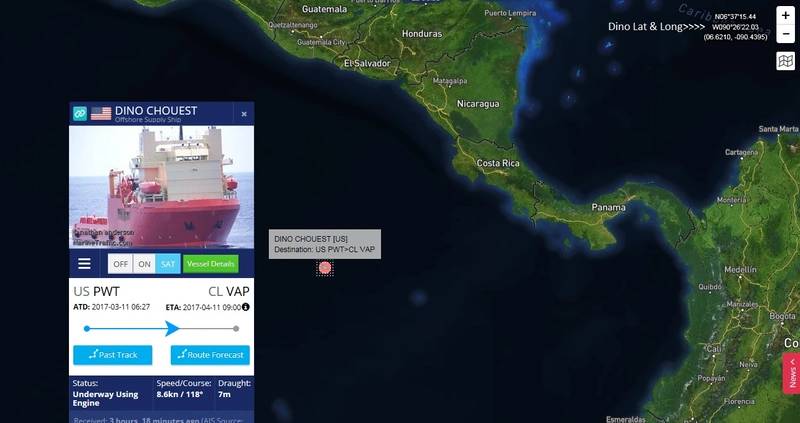Ship recycling at the end of a ship’s useful
life aims to make the shipping industry more environmentally sustainable and is
a major source of employment in developing countries. However, there are
associated health, safety and environmental concerns. This study argues these
concerns are due to inappropriate design and explains how ‘design for
recycling’ can reduce the costs and risks of ship recycling.
The final stage of a ship’s life cycle —
recycling — is essential for renewal of the shipping fleet. On average, 96% of
the ship can be recycled or reused. The re-use of increasingly scarce materials
also reduces the burden that shipping places on natural resources, improving
the environmental sustainability of the industry.
Ship recycling also supports the developing
economies of several countries, such as Bangladesh, China, India, Pakistan and
Turkey, which together represent 97% of the world’s ship recycling capacity.
However, current recycling practices can have negative social and environmental
impacts. Ships contain toxic materials, such as asbestos and heavy metals,
which many ship recycling hubs do not have the infrastructure to treat,
generating health and safety concerns for workers and contaminating the natural
environment.
Awareness of the risks of ship recycling was
first raised in the early 1990s, leading the International Maritime
Organization (IMO) to adopt the Hong Kong Convention for the Safe and Environmentally
Sound Recycling of Ships in 2009. More recently, the EU has published a Ship Recycling
Regulation, which aims to reduce the negative impacts caused by recycling EU Member State-flagged ships.
The researchers of this paper argue that, to
address the negative impacts of ship recycling properly, hazards must be
considered during the design process. ‘Design for
recycling’, a concept which involves identifying the recycling challenges
during the design stage, has already been successfully applied in the
automobile industry. In the context of ships, it could involve identifying
hazards, such as toxic paints, or inefficiencies, such as oil tanks that must
be manually cleaned before they can be recycled.
Their basic principle is for ship designers
to ensure that recycling is as safe, efficient and environmentally friendly as
possible. Not only would this prevent or reduce the use of materials, such as
asbestos, PCBs (polychlorinated biphenyls), heavy metals and oils (e.g.
residual fuels), that could be a threat to workers and the local environment
during dismantling, it would also reduce risk throughout the ship’s life-cycle,
decreasing risks to builders and crew members.
The concept has three key objectives:
- providing an accurate
inventory of hazardous materials,
- reducing or replacing
hazardous materials, and
- making the ship easy to
dismantle.
The latter could be achieved by using
techniques such as standardisation of all parts and equipment on every ship to
make it easier to identify the components of end of life ships for potential
re-use, remanufacturing or recycling. Other techniques for ease of dismantling
would be to include properly designed lifting supports for handling dismantled
structural parts to minimise accidents due to falling components. The key
objectives could be incorporated into design rules through IMO codes, for
example.
However, there are concerns about the impact
that implementing these changes would have on the costs of building and
operating ships. To deal with these additional costs, the researchers suggest
that the expense of creating inventories of hazardous materials should be borne
by the ship owner (as in the ‘polluter pays’ principle). They also say costs
should be calculated for different replacement materials and design changes in
order to identify the most affordable options. The authors say the negative
impacts of ship recycling presently undermine the industry’s contribution to
sustainable development. With this paper, they describe a method, with
techniques for efficient ship dismantling, to reduce these negative impacts by
improving ship design and, ultimately, to achieve cost-effective green ship
recycling.
Source: European Commission. Thematic Issue 55.
June 2016. Ship Recycling: Reducing Human and Environmental Impacts

